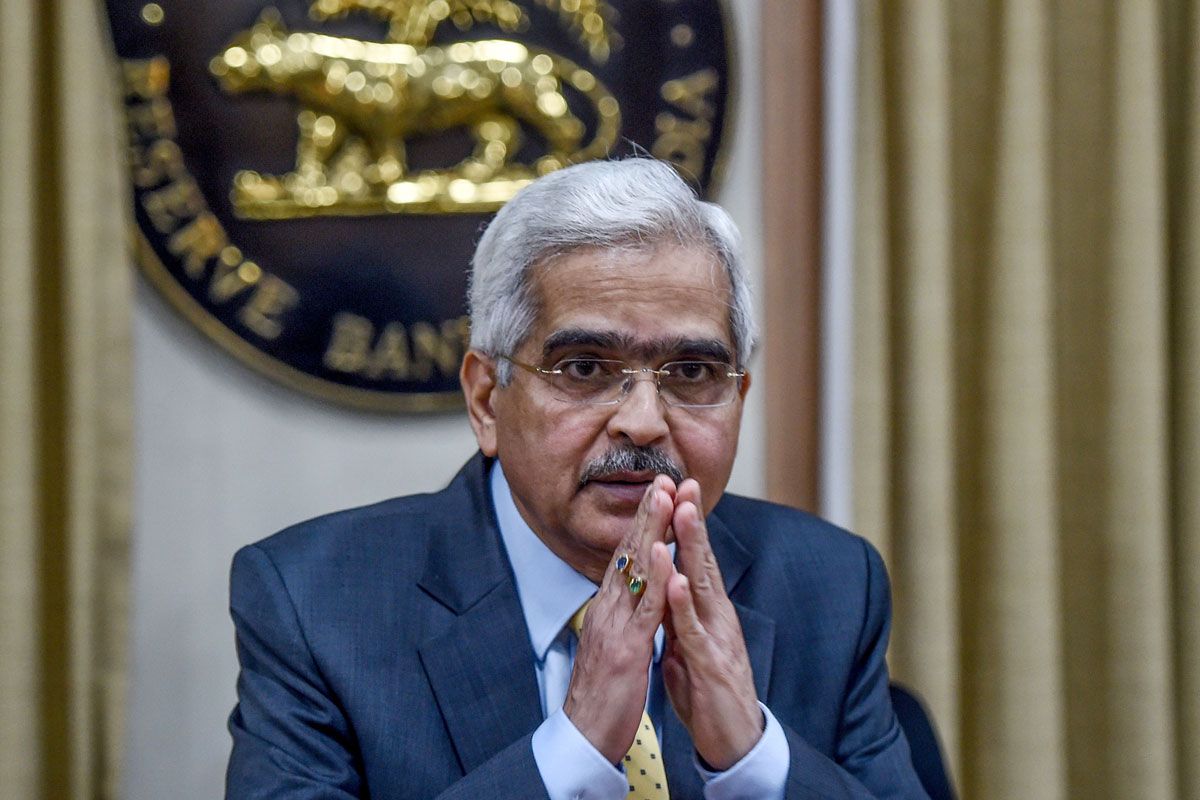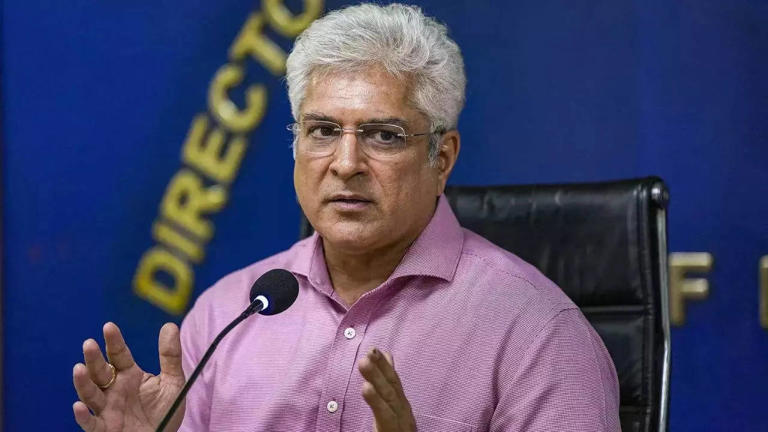Home / chhattisgarh / The Mysterious Headless Idol of Ambikapur’s Mahamaya Temple: A Sacred Legacy and Spiritual Power
The Mysterious Headless Idol of Ambikapur’s Mahamaya Temple: A Sacred Legacy and Spiritual Power
By: My India Times
5 minutes read 66Updated At: 2025-02-17

Located in Chhattisgarh, Ambikapur is the site of one of India’s most distinctive and fascinating temples. The Mahamaya Temple is particularly noted for its idol of Goddess Mahamaya, which is uniquely headless, differentiating it from numerous other sacred locations across the nation. This temple, rich in legends and history, attracts a significant number of pilgrims annually. People visit not only to witness the sacred headless idol but to be part of a mystic tradition deeply rooted in belief and spirituality.
The Headless Idol: A Symbol of Divinity and Mystery
What makes Mahamaya Temple truly extraordinary is the headless idol of Goddess Mahamaya, a sight rarely seen in Hindu temples. The idol, considered a powerful manifestation of the goddess, has a torso but lacks a head, which has led to several intriguing legends and myths surrounding it. According to one of the most well-known stories, the goddess’s head is said to be kept in a different temple—the Ratanpur Mahamaya Temple in the nearby Bilaspur district.
Devotees believe that the head and body were once united, but due to a divine twist in the mythology, the parts were separated, and the head was moved to Ratanpur for safekeeping. This distinctive aspect enriches the temple with an aura of mysticism, linking it to the goddess’s divine presence at two specific locations. It is believed that offering reverence to the headless idol can bestow blessings, prosperity, and tranquility.
The Sacred Connection Between Ambikapur and Ratanpur
The division between the head and torso of the idol establishes a compelling link between Ambikapur and Ratanpur, two prominent religious sites in Chhattisgarh. This connection elevates the temple's importance, transforming it into more than merely a place of worship; it serves as a representation of unity between these two spiritual realms. The belief in the spiritual association of the goddess's head and body fosters a distinctive ritualistic bond, prompting devotees to attend both temples, thereby highlighting the significance of each site in their spiritual endeavors.
The Ratanpur Mahamaya Temple, housing the head, is as revered as the Ambikapur temple and attracts a large number of pilgrims annually.The geographical and spiritual connection between these two temples is fundamental to the devotional experience, providing devotees with an opportunity to fulfill their prayers through visits to both locations. Pilgrims often perform rituals at the headless idol in Ambikapur before making their way to Ratanpur to seek blessings from the goddess’s head.
Historical and Cultural Significance of Mahamaya Temple
The Mahamaya Temple has a rich history that dates back to ancient times. It was established by Maharaja Raghunath Sharan Singhdev in the early 1900s, but the worship of the goddess in the region dates back much earlier. Before the formal construction of the temple, the royal family would conduct prayers at a simple platform, known as a chabutra, dedicated to the goddess.
One of the most captivating stories about the temple involves the presence of a tiger that would often sit near the sacred platform. Devotees say the tiger was harmless and regarded as a guardian of the temple. This adds an even deeper layer to the mythological and spiritual importance of the temple, as nature itself is believed to protect the sacred site.
The Tradition of the Royal Family’s Involvement
The royal family of Ambikapur has a significant role in the temple’s rituals. Every Navratri festival, the family ensures that a new head is crafted for the idol, continuing an ancient tradition. This tradition is a reminder of the family’s deep devotion to the goddess and their responsibility in maintaining the temple’s spiritual energy.
The process of crafting a new head for the idol is a delicate and important ritual. The royal family, particularly the kumhars (potters), are entrusted with the task, continuing the legacy of artisan craftsmanship in the region. The creation of the head symbolizes the renewal of divine energy and a connection to the goddess’s omnipresent power.
The Spiritual Power of the Headless Idol
The headless idol of Goddess Mahamaya represents an extraordinary form of divinity. In many ways, it symbolizes the mystical unknown—the aspects of life that are beyond human understanding. Worshippers believe that the absence of a head signifies the goddess’s transcendence over the limitations of the material world. It is a reminder that the divine operates beyond human comprehension and that the essence of the goddess is far greater than any physical form.
For centuries, the temple has drawn pilgrims seeking the goddess’s blessings. The headless idol’s powerful symbolism serves as a source of inspiration and faith, encouraging people to look beyond physical appearances and trust in divine forces. Worshippers come to this temple to seek answers to life’s mysteries, and many claim to have experienced profound spiritual transformations.
Why the Mahamaya Temple is a Must-Visit Destination for Devotees
The Mahamaya Temple in Ambikapur is not just another religious site—it is a spiritual haven where faith and mystery intertwine. The headless idol, the deep-rooted legends, and the unique connection between the Ambikapur and Ratanpur temples make this destination one of the most intriguing in India. The temple’s role in the local culture is profound, and it remains a testament to the region’s rich spiritual heritage.
For those who seek both spiritual fulfillment and a connection to India’s ancient traditions, the Mahamaya Temple offers a one-of-a-kind experience. From the mystical headless idol to the annual traditions and royal involvement, every visit to this temple is filled with wonder and divine significance.
....Located in Chhattisgarh, Ambikapur is the site of one of India’s most distinctive and fascinating temples. The Mahamaya Temple is particularly noted for its idol of Goddess Mahamaya, which is uniquely headless, differentiating it from numerous other sacred locations across the nation. This temple, rich in legends and history, attracts a significant number of pilgrims annually. People visit not only to witness the sacred headless idol but to be part of a mystic tradition deeply rooted in belief and spirituality.
The Headless Idol: A Symbol of Divinity and Mystery
What makes Mahamaya Temple truly extraordinary is the headless idol of Goddess Mahamaya, a sight rarely seen in Hindu temples. The idol, considered a powerful manifestation of the goddess, has a torso but lacks a head, which has led to several intriguing legends and myths surrounding it. According to one of the most well-known stories, the goddess’s head is said to be kept in a different temple—the Ratanpur Mahamaya Temple in the nearby Bilaspur district.
Devotees believe that the head and body were once united, but due to a divine twist in the mythology, the parts were separated, and the head was moved to Ratanpur for safekeeping. This distinctive aspect enriches the temple with an aura of mysticism, linking it to the goddess’s divine presence at two specific locations. It is believed that offering reverence to the headless idol can bestow blessings, prosperity, and tranquility.
The Sacred Connection Between Ambikapur and Ratanpur
The division between the head and torso of the idol establishes a compelling link between Ambikapur and Ratanpur, two prominent religious sites in Chhattisgarh. This connection elevates the temple's importance, transforming it into more than merely a place of worship; it serves as a representation of unity between these two spiritual realms. The belief in the spiritual association of the goddess's head and body fosters a distinctive ritualistic bond, prompting devotees to attend both temples, thereby highlighting the significance of each site in their spiritual endeavors.
The Ratanpur Mahamaya Temple, housing the head, is as revered as the Ambikapur temple and attracts a large number of pilgrims annually.The geographical and spiritual connection between these two temples is fundamental to the devotional experience, providing devotees with an opportunity to fulfill their prayers through visits to both locations. Pilgrims often perform rituals at the headless idol in Ambikapur before making their way to Ratanpur to seek blessings from the goddess’s head.
Historical and Cultural Significance of Mahamaya Temple
The Mahamaya Temple has a rich history that dates back to ancient times. It was established by Maharaja Raghunath Sharan Singhdev in the early 1900s, but the worship of the goddess in the region dates back much earlier. Before the formal construction of the temple, the royal family would conduct prayers at a simple platform, known as a chabutra, dedicated to the goddess.
One of the most captivating stories about the temple involves the presence of a tiger that would often sit near the sacred platform. Devotees say the tiger was harmless and regarded as a guardian of the temple. This adds an even deeper layer to the mythological and spiritual importance of the temple, as nature itself is believed to protect the sacred site.
The Tradition of the Royal Family’s Involvement
The royal family of Ambikapur has a significant role in the temple’s rituals. Every Navratri festival, the family ensures that a new head is crafted for the idol, continuing an ancient tradition. This tradition is a reminder of the family’s deep devotion to the goddess and their responsibility in maintaining the temple’s spiritual energy.
The process of crafting a new head for the idol is a delicate and important ritual. The royal family, particularly the kumhars (potters), are entrusted with the task, continuing the legacy of artisan craftsmanship in the region. The creation of the head symbolizes the renewal of divine energy and a connection to the goddess’s omnipresent power.
The Spiritual Power of the Headless Idol
The headless idol of Goddess Mahamaya represents an extraordinary form of divinity. In many ways, it symbolizes the mystical unknown—the aspects of life that are beyond human understanding. Worshippers believe that the absence of a head signifies the goddess’s transcendence over the limitations of the material world. It is a reminder that the divine operates beyond human comprehension and that the essence of the goddess is far greater than any physical form.
For centuries, the temple has drawn pilgrims seeking the goddess’s blessings. The headless idol’s powerful symbolism serves as a source of inspiration and faith, encouraging people to look beyond physical appearances and trust in divine forces. Worshippers come to this temple to seek answers to life’s mysteries, and many claim to have experienced profound spiritual transformations.
Why the Mahamaya Temple is a Must-Visit Destination for Devotees
The Mahamaya Temple in Ambikapur is not just another religious site—it is a spiritual haven where faith and mystery intertwine. The headless idol, the deep-rooted legends, and the unique connection between the Ambikapur and Ratanpur temples make this destination one of the most intriguing in India. The temple’s role in the local culture is profound, and it remains a testament to the region’s rich spiritual heritage.
For those who seek both spiritual fulfillment and a connection to India’s ancient traditions, the Mahamaya Temple offers a one-of-a-kind experience. From the mystical headless idol to the annual traditions and royal involvement, every visit to this temple is filled with wonder and divine significance.
By: My India Times
Updated At: 2025-02-17
Tags: chhattisgarh News | My India Times News | Trending News | Travel News
Join our WhatsApp Channel






































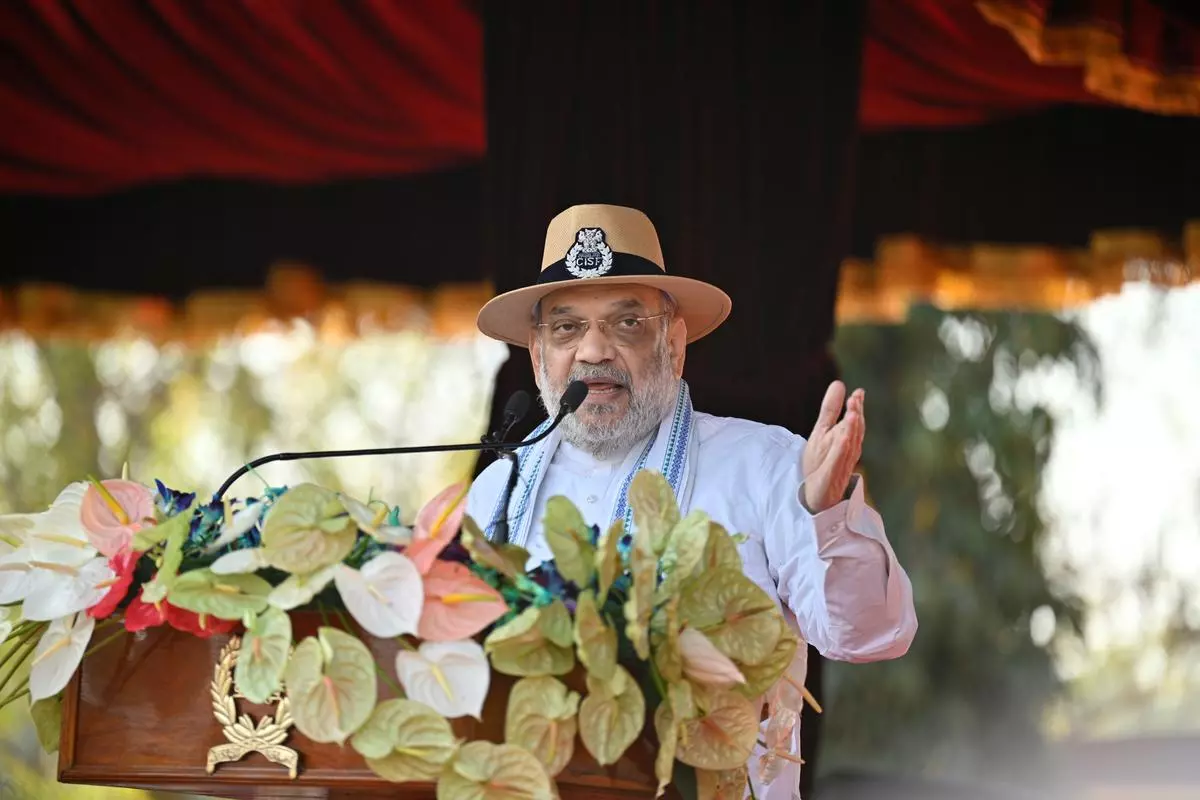




















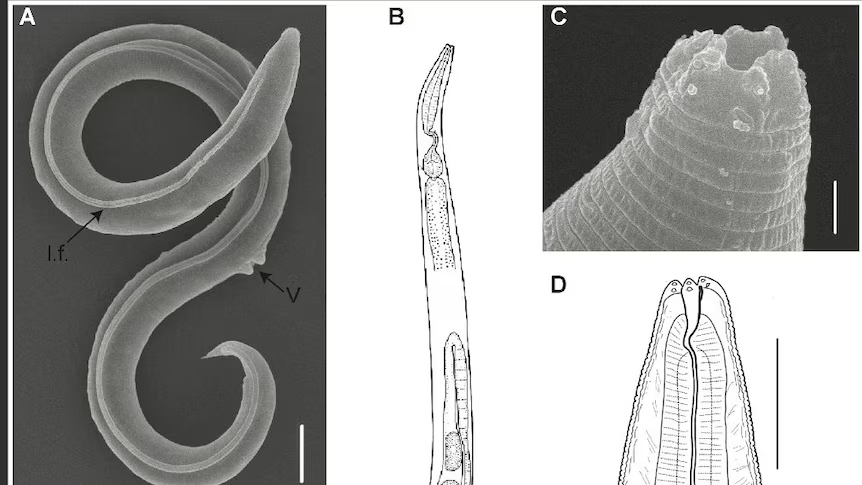







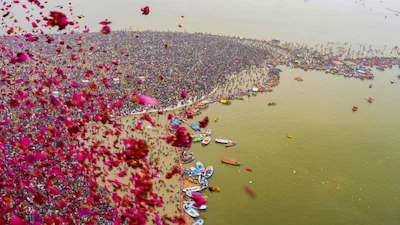










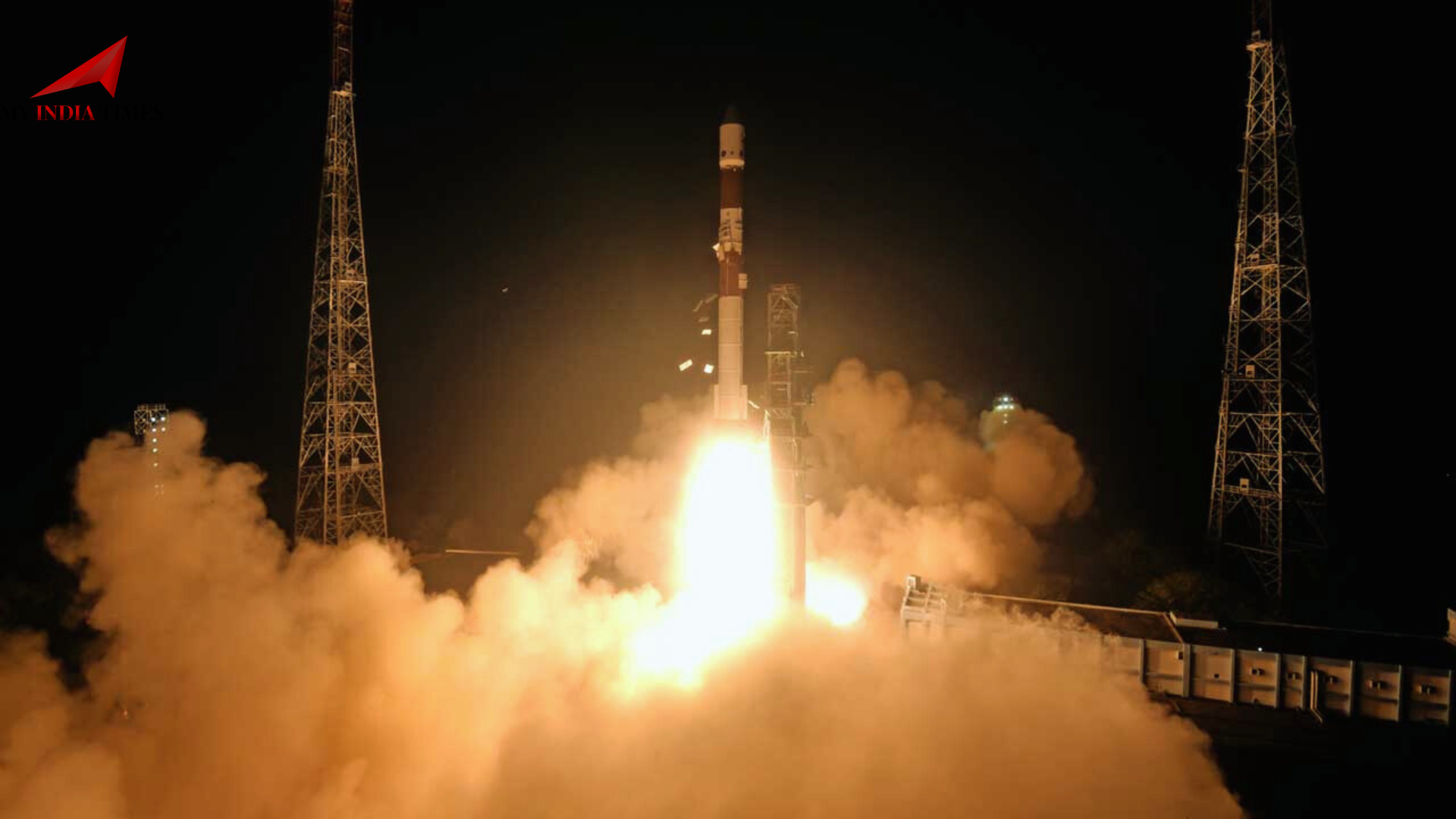














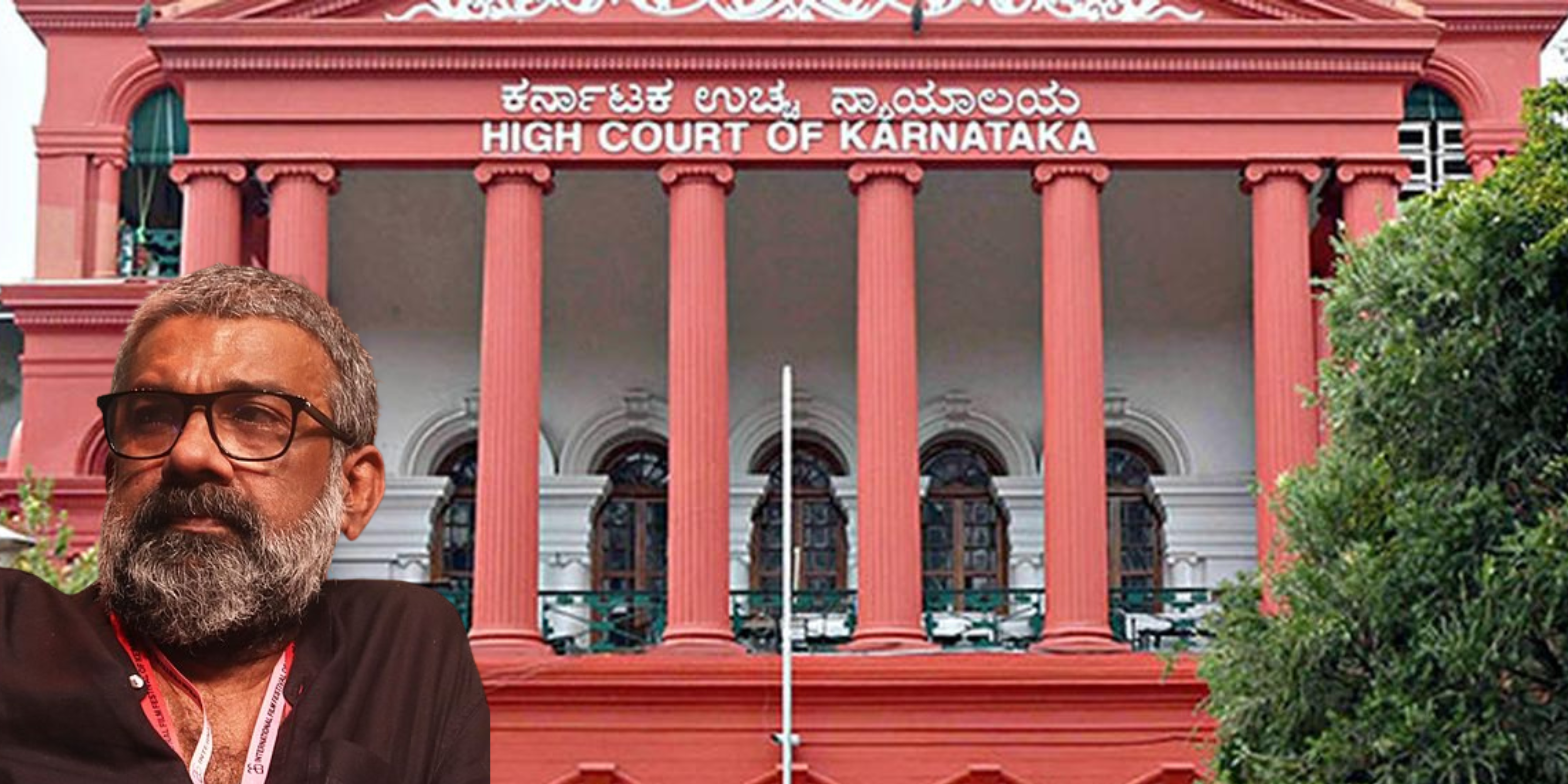




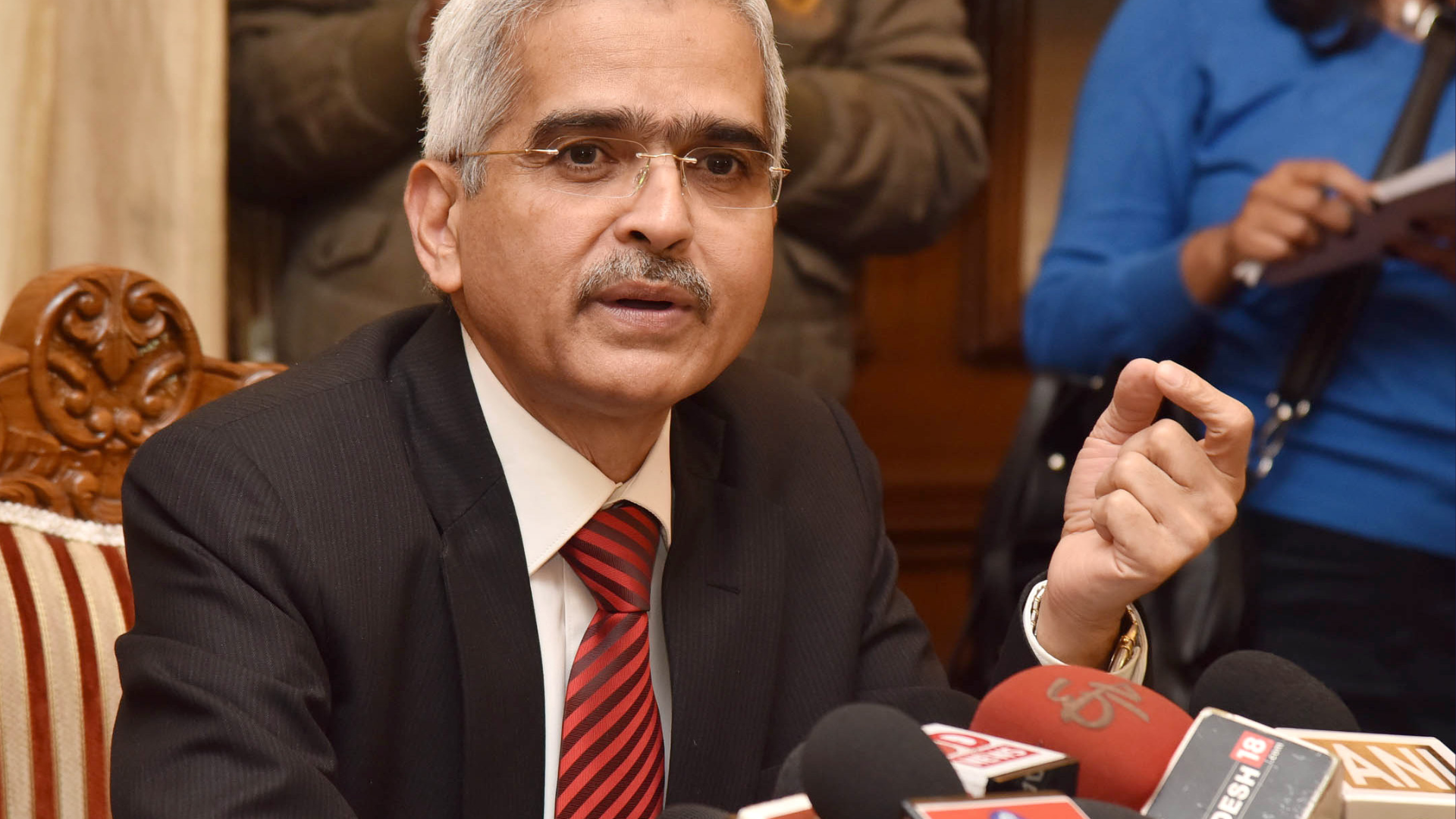






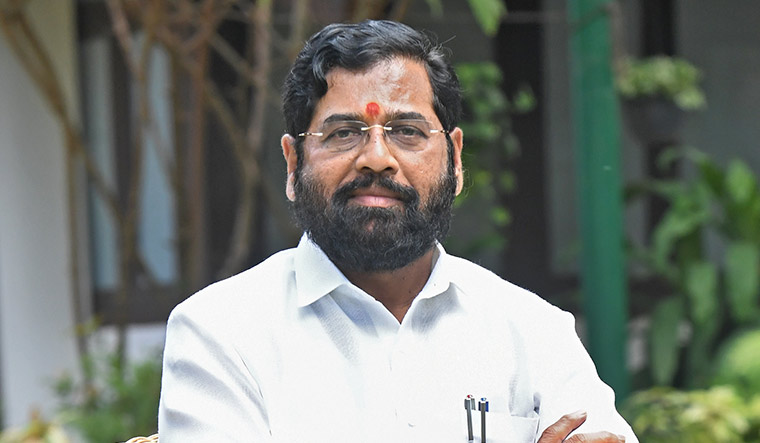
.png)
 (1).png)


